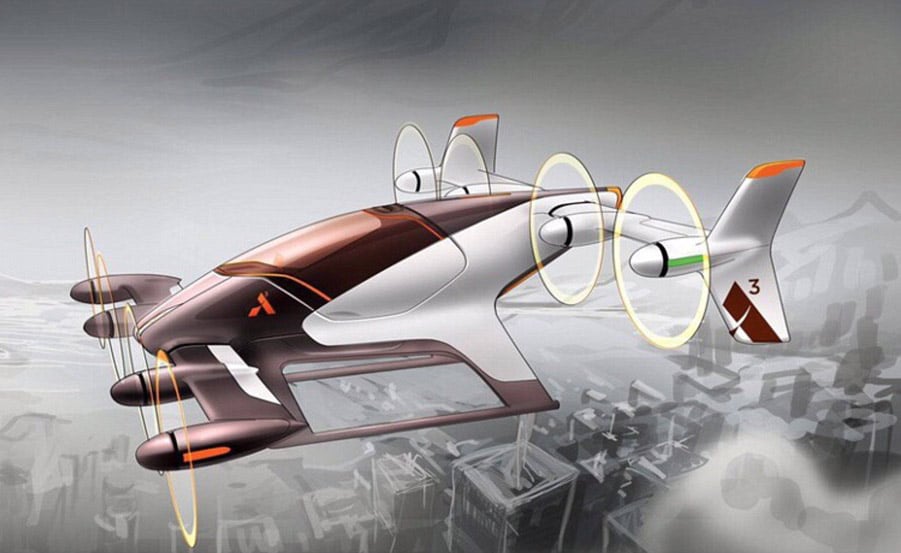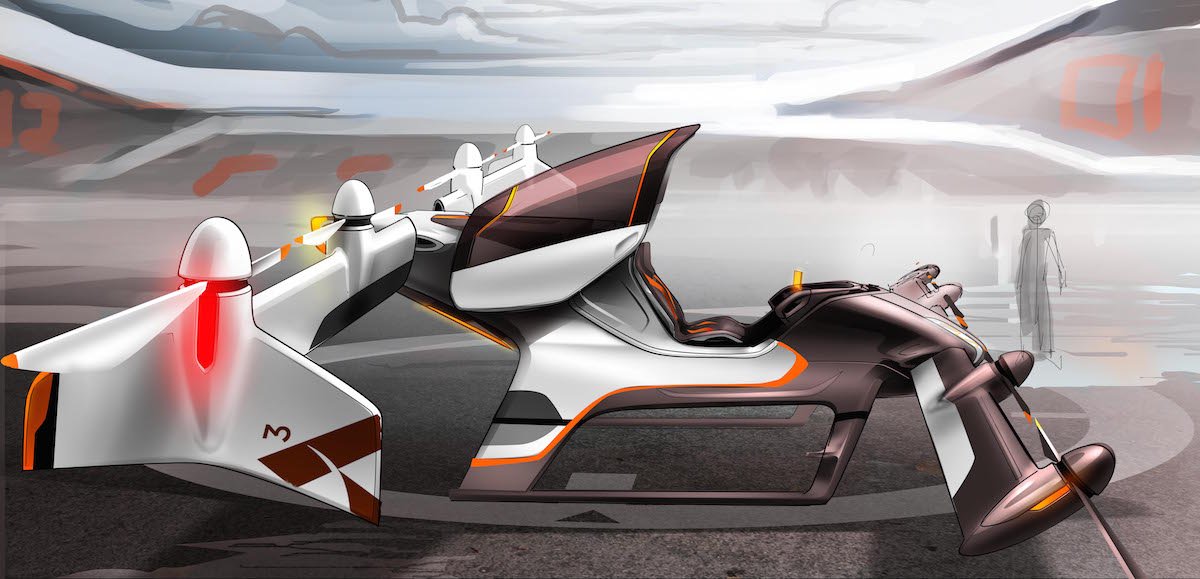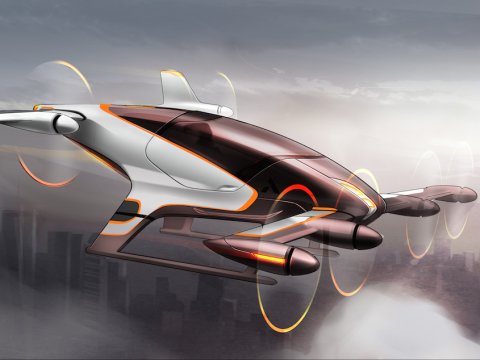“I know, it sounds like science fiction. But we are doing it for really: by the end of this year we will start the first test.” Zach Lovering, 32 age, he tells it with a certain calmness. Lovering is coordinating fifty people in Santa Clara (California), with the aim to build an electric flying taxi with fully autonomous driving. Project Name: Vahana. “Divine” vehicle for Hindus, in Silicon Valley it is taking shape and is preparing to take flight in a matter of months. “This Taxi-flying service can be requested via any app like a taxi. Once fasten your seatbelts, it will set the destination and you will start to take off. The rest will take care by Vahana” he says.
If Airbus would be not involved in this visionary project, the dream of Lovering would be filed as another “oddity” visionary startup. But the European aviation company seems to belive in this project. So its CEO, Tom Enders, who already speaks about of “aerial urban mobility.” He believes so much that he has created a specific division called A3, where work people like Rodin Lyasoff, came out from MIT where he spent over two years to write algorithms for aerobatic helicopters with autonomous driving, or people like Zach Lovering, ex-engineer of Zee.Aero of Larry Page (co-founder of Google), which has an identical project in development. Within ten years, sixty percent of the population will live in megacities like Tokyo, Beijing, Sao Paulo and New York. The urban mobility will be increasingly a billion-dollar business. Indeed as per the Centre for Economics and Business Research, the Londoners in 2030 will lose in traffic the equivalent of 35 working days a year. And the music will be the same elsewhere.




“100 years ago, the city transportation began to travel under the ground, we now have the technology to do so travel over the earth,” said Enders few weeks ago. Already in August, Airbus had announced plans to design the air-cab, but no one believed they had established such a short time for the development of the first models. Maybe the euphoria due to the record orders of 731 new aircraft (for a total of 104 billion dollars of revenue), has encouraged the European company to anticipate the future and to build it in the present.
“It is less complex than it appears,” says Zach Lovering. “The artificial intelligence of a self-driving car must take into account a multitude of variables. In flight obstacles are far fewer. We are thinking of a system of air corridors over the city with take-off and landing areas at strategic points such as airports, stations, city center “. In addition to the A3 and Zee.Aero, in America there is the Terrafugia and Moller, AeroMobil in Slovakia and in Japan the Cart! Vator, while in Israel the Urban Aeronautics has developed drones for passenger transport.
